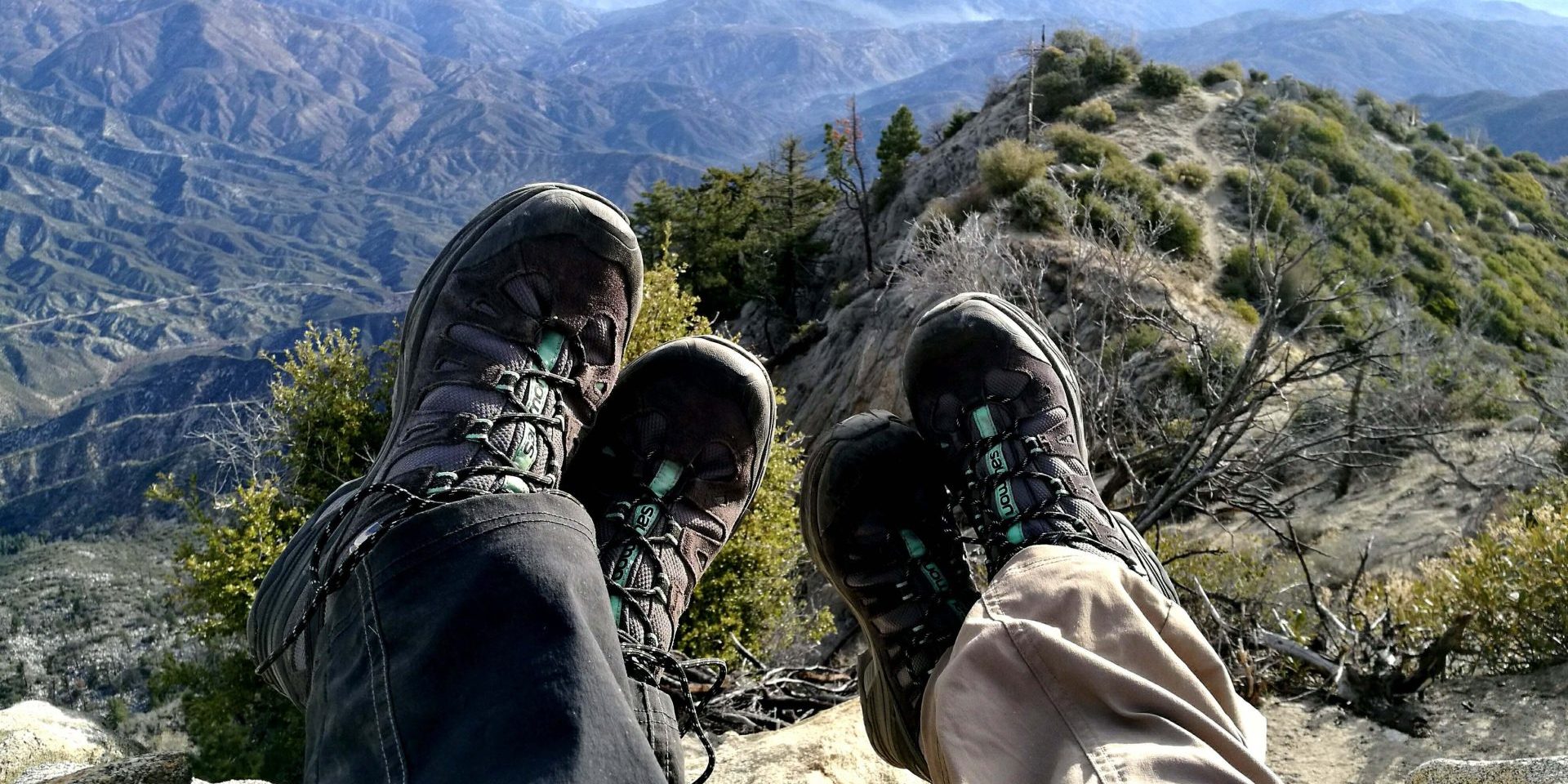what are the best hiking boots
Choosing the perfect hiking boots for your outdoor adventures is crucial. Whether you are an experienced hiker or a beginner, the quality of your footwear significantly impacts your mountain experience. What are the best hiking boots? The one that fits you better, and this article will guide you through the essential steps to choose hiking boots
- Assess Your Experience Level: First and foremost, consider your hiking experience level. If you are a beginner, you may not need very technical or expensive boots. Experienced hikers, on the other hand, might require more advanced footwear.
- Determine the Terrain Type: Think about the type of terrain you plan to hike on. If you primarily hike on rocky or mountainous terrain, you’ll need sturdier mountain boots with suitable soles. If you hike on flatter or grassy terrain, lightweight trekking shoes might suffice.
- Consider the Season and Weather: The season and weather will influence your footwear choice. For winter or cold conditions, you may need waterproof and insulated boots. In summer, breathable shoes may be preferred.
- Load Weight: Evaluate how heavy your backpack will be. Carrying a heavy load requires boots with good support and stability to prevent injuries.
- Size and Fit: Make sure to try on the shoes and ensure they are the right size for your feet. Mountain boots should neither be too tight nor leave too much room.
- Lacing System: Examine the lacing system. Some mountain boots offer advanced lacing systems that allow precise tension adjustment, which can enhance comfort and stability.
- Material: Mountain boots can be made from various materials, including leather, synthetic, or a combination of both. Leather is more water-resistant but requires more maintenance, while synthetic materials can be lighter and require less upkeep.
- Sole: Check the sole of the boots. Vibram soles are often considered the best for traction and durability. Ensure the sole is suitable for the type of terrain you’ll be walking on.
- Waterproofing: If you expect wet terrain or rainy conditions, consider waterproof boots or treat them with a waterproofing spray.
- Reviews and Recommendations: Read online reviews and seek advice from other hikers or specialized stores. This can give you a better idea of the actual performance of the boots you’re considering.
-
Budget: Finally, establish a realistic budget. High-quality mountain boots can be expensive, but investing in a reliable pair is crucial for your safety and comfort in the mountains.
How to size hiking boots
Choosing the right size for hiking boots is crucial to ensure comfort and safety during your mountain hikes. In addition to knowing your shoe size, there are other considerations to keep in mind. Here are some tips on how to fit hiking boots and assess the correct fit:

Picture by Tembela Bohle
- Consider Socks: Think about the type of socks you will wear while hiking. If you plan to wear thick, insulated socks, you may need slightly larger boots to accommodate them comfortably.
- Toe Room: Your toes should have enough room to wiggle without feeling cramped. A general rule of thumb is to leave about a thumb’s width of space between your longest toe (usually the big toe) and the front of the boot.
- Heel Fit: Check the fit around your heel. Your heel should sit snugly against the back of the boot without slipping up and down as you walk.
- Arch Support: Ensure that the arch of your foot aligns with the boot’s arch support. A proper fit in the arch area is essential for comfort and stability.
- Try Different Sizes: It’s a good idea to try on multiple sizes and styles of mountain boots. Different brands and models may have slightly different sizing, so don’t hesitate to experiment.
- Consider Width: Pay attention to the width of the boots as well. Some boots come in different width options to accommodate various foot shapes.
- Shop in the Afternoon: Your feet tend to swell slightly during the day, so it’s best to shop for hiking boots in the late afternoon when your feet are at their largest.
- Walk and Test: Once you’ve found a pair that seems to fit well, take them for a test walk. Walk around the store or on an incline if possible to assess how they feel in action.
- Consult Experts: If you’re unsure about sizing or have specific foot-related concerns, consult with knowledgeable staff at an outdoor gear store. They can provide expert guidance.
- Account for Swelling: Keep in mind that your feet may swell during long hikes, so it’s a good idea to have a little extra room to accommodate this.
- Check the Manufacturer’s Sizing Chart: Most boot manufacturers provide sizing charts that correlate foot length to shoe size. Refer to these charts for guidance.
- Break Them In: After purchasing hiking boots, wear them around your home or during short walks to break them in gradually. This helps mould the boots to your feet and reduces the risk of blisters.
Remember that the correct size will vary from person to person, and it’s crucial to prioritize comfort and fit when choosing mountain boots. Ill-fitting boots can lead to discomfort, blisters, and even injuries during your outdoor adventures.
In conclusion, choosing the right mountain shoes is a crucial step in maximizing your outdoor adventures. Carefully consider the terrain, fit, support, and other key factors before making a decision. With the right shoes, you’ll be ready to tackle any challenge nature presents. Remember that mountain boots are a fundamental part of your gear, and their selection should be based on your individual needs and the type of terrain you intend to walk on. By following the above-mentioned tips and taking the time to carefully assess the available options, you’ll be well-equipped to face your upcoming outdoor adventures with confidence and comfort.









